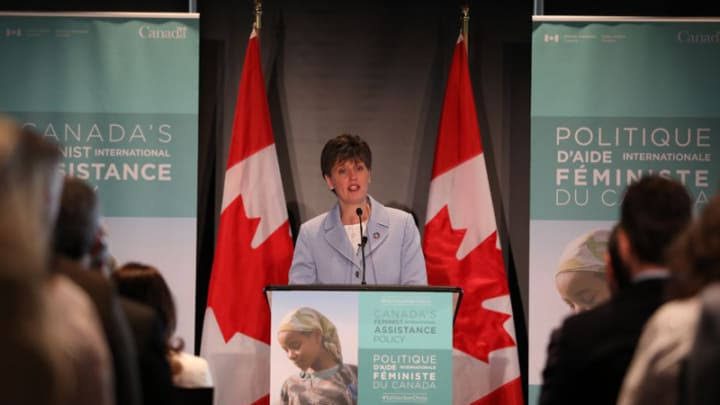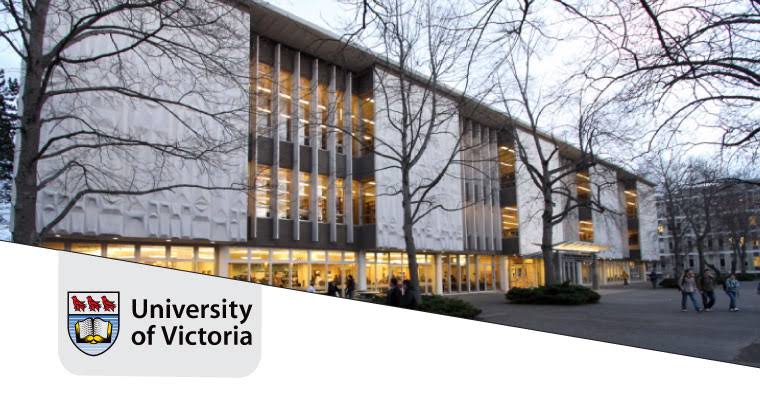Canada’s approach to international development in 2025 is shaped by a world marked by rising instability, climate challenges, and shifting power dynamics. To better address these global changes, Global Affairs Canada is undergoing a major transformation to modernize its foreign service. This includes changes in how diplomats are recruited and trained, improvements in digital systems, and stronger support for Canadian missions abroad.
In Budget 2024, the Canadian government committed over $150 million to these changes. The reforms aim to make Canada’s foreign service more efficient, flexible, and better equipped to respond to development priorities worldwide.
In parallel, legislative tools are being updated to make it easier for Canada to support multilateral development banks and increase the scale of global financial contributions. This includes reforms to the International Assistance Innovation Program, which helps Canada unlock private capital to invest in development programs with measurable impact.
Regional focus: Canada’s new Africa strategy
One of the most prominent developments in 2025 is the launch of Canada’s first continent-wide strategy for Africa. Released in March 2025, the “Africa Strategy: A Partnership for Shared Prosperity and Security” outlines a long-term commitment to fostering economic and human development in Africa. It is guided by five key pillars:
- Expanding economic opportunity through trade, investment, and infrastructure.
- Promoting peace, security, and effective governance.
- Supporting sustainable development in health, education, and climate resilience.
- Advancing global cooperation on shared challenges.
- Building stronger ties between Canadians and African communities.
Canada has committed nearly $870 million across more than 50 projects under this strategy, targeting priority areas like women’s economic empowerment, climate adaptation, and democratic governance. There is also an emphasis on leveraging the private sector to strengthen development outcomes. For example, FinDev Canada is being used to drive investment in renewable energy and small business support throughout the continent.
However, not all observers are convinced. Critics argue that the Africa Strategy recycles earlier efforts and lacks new funding. Others are concerned that Canada’s increased focus on trade and investment could shift the country away from its traditional development goals toward more commercially driven outcomes.
Thematic priorities: climate, youth, and education
Alongside regional strategies, Canada is pursuing several thematic priorities in international development. One of the most visible areas of investment in 2025 is climate action. The government recently announced more than $80 million in new funding for climate-related projects in vulnerable regions. These initiatives focus on sustainable agriculture, renewable energy, and helping communities adapt to environmental stress—particularly in Sub-Saharan Africa, South Asia, and North Africa.
Another central focus is education and youth empowerment. Canada has launched new programs supporting skills training and gender equality in education, particularly in francophone Africa. A portion of this funding is being directed at closing the digital divide and creating job opportunities for marginalized young people, especially girls.
These thematic priorities continue to be shaped by the Feminist International Assistance Policy (FIAP), which remains Canada’s overarching framework for development. FIAP ensures that gender equality, inclusive governance, and the voices of local communities are built into how Canada funds and evaluates its international work.
Financing innovation and development partnerships
Canada is increasingly moving toward a blended finance model in which public aid is used to attract private investment into development programs. The goal is to make development financing more sustainable and scalable.
Under this model, Canada’s development banks and innovation programs work in tandem to back high-impact projects, such as clean energy startups or women-led cooperatives. This approach is gaining momentum globally, and Canada is positioning itself as a thought leader in combining private capital with development goals.
Moreover, Canada is advocating for reforms at the international level. At the 2025 UN Financing for Development Conference, Canadian officials supported calls for changes to how development is funded. This includes support for more flexible, outcome-based funding and better cooperation among global financial institutions to prevent duplication and inefficiency.
Strategic partnerships and diplomatic engagement
Canada’s new international development approach is also supported by an expansion of its diplomatic reach. The government has opened new embassies and regional offices across Africa and Latin America. These platforms are intended to support Canadian aid programs and build long-term partnerships with local governments and civil society groups.
Canada is also forging deeper ties with other global players. A new security and development cooperation pact was signed with the European Union in mid-2025. This agreement covers joint work in cyber security, climate resilience, and international peacebuilding—linking development to Canada’s broader global security agenda.
At the G20 summit in July 2025, Canada took a leadership role in promoting infrastructure investment and sustainable growth in emerging markets. Canadian representatives also emphasized the need for coordinated global responses to debt crises and climate finance shortfalls in the developing world.
Summary of key priorities
- Strengthening Global Affairs Canada through staffing reform, digital investment, and better global coordination.
- Launch of Canada’s first Africa Strategy focused on economic opportunity, peace, sustainable development, and stronger ties with African communities.
- Targeted investments in climate action and youth education in underserved regions.
- Emphasis on blended finance and innovative public-private partnerships to scale impact.
- Strong diplomatic engagement and multilateral cooperation through partnerships with the EU, G20, and UN.
Conclusion
Canada’s international development strategy in 2025 represents an effort to modernize both in form and focus. While grounded in familiar goals such as education, climate action, and gender equality, the new approach places greater emphasis on leveraging private capital, targeting regional strategies like the Africa Strategy, and integrating development with broader diplomatic and security interests.
While ambitious in vision, its success will ultimately depend on follow-through—ensuring that policy frameworks are translated into meaningful results on the ground. Canada’s future role as a credible and effective development partner hinges not just on how much it spends, but on how wisely and inclusively it delivers.



